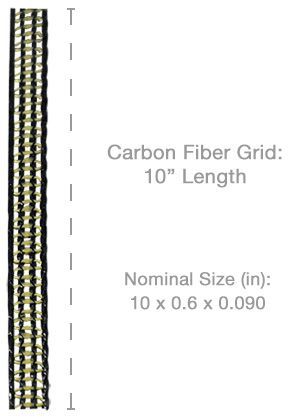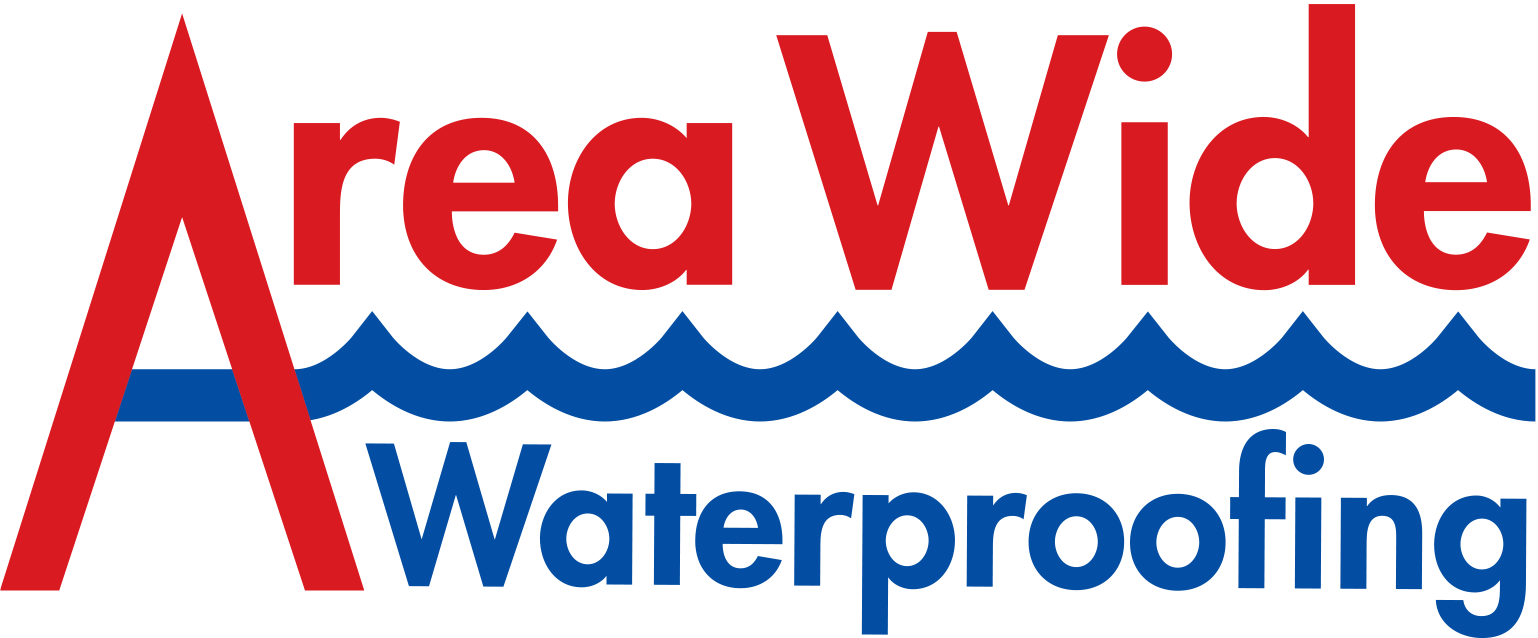Bowing basement walls are a common foundation issue in homes. If your wall is pushed inward and no longer vertical, it's bowed. This problem should be evaluated and repaired quickly since bowing walls can cause leakage, flooding, or even collapse over time. Our foundation repair solutions can fix bowed walls and prevent further bowing.
Have you been experiencing issues with bowed or leaning foundation walls in your home? Our team of experts uses a variety of solutions to address this problem. We understand that every basement is unique, so we take the time to carefully choose a repair solution that is tailored to your specific needs and level of structural damage. Rest assured that we'll get your foundation walls back to their original, stable condition in no time. Bowing basement walls are a common foundation issue in homes. If your wall is pushed inward and no longer vertical, it's bowed. This problem should be evaluated and repaired quickly since bowing walls can cause leakage, flooding, or even collapse over time. Our foundation repair solutions can fix bowed walls and prevent further bowing.
Wall Anchors
Wall Anchors
Our Wall Anchor System can stabilize and straighten your basement walls without replacing the foundation. Heavy duty earth anchors are embedded in stable soil and connected to steel wall plates with long steel rods. The anchors hold the wall in place and can be adjusted if necessary.
Push Pier
Our team uses hydraulic steel push piers to stabilize settling foundations. First we attach a bracket to the foundation and force the piers into the soil until they reach bedrock or soil that can support the weight. This method effectively transfers the weight of the structure to bedrock or load bearing soil, ensuring its safety and longevity. Trust us to provide a solution that will give you peace of mind. Contact us today to let us help you fix your settling foundation!
PowerBrace™

PowerBrace™
The PowerBrace™ is a steel I-beam with a specialized bracket that can be installed against a bowed basement wall. Together, they apply pressure to move the wall back into position and keep it there permanently. This is a cost-effective solution for minor wall bows.
Carbon Fiber Straps and Neck Ties
Pressure from the soil around your foundation can cause block, brick, and stone foundations to begin to bow in the middle. Horizontal foundation cracks located high on a foundation wall and horizontal foundation cracks located in the upper third of a concrete block wall (presuming most of the wall is below grade) are most likely to have been caused by vehicle loading or in freezing climates, by surface and subsurface water combined with frost.
In Northern climates, if we see cracked mortar joints in the top third of a block wall, at about the same depth as the frost line in that area, the damage is almost certainly due to frost. Often outside we will find corroborating evidence such as drip lines below the building eaves confirming a history of roof spillage against the building. Back inside we may see that the foundation damage is occurring only at the building walls below roof eaves and not at the gable ends of the home. In cold climates the cause is most likely from frost, possible displacement inwards or vehicle loading.
Horizontal foundation cracks located at mid-wall height on a foundation masonry block or stone walls which are cracked and/or bulging inwards at mid height on the wall are likely to have been damaged by vehicle traffic or earth loading. Possible vehicle loading (look for a driveway near the wall or site history involving movement of heavy equipment near the wall).
Carbon Fiber Straps stabilize the wall and prevent further movement without excavation. Once installed, they will not stretch or move and can be painted over.
Neck ties are used when the entire wall is leaning in or out. They are fastened to the bottom floor joists and, with the straps, stop future leaning.
Carbon Fiber Stitches

Stitches, or Carbon Fiber Grids, are installed on both sides of the crack to prevent any further separation unless there is a structural issue with the foundation. These are primarily installed on large cracks wider than 4mm.
What is Foundation Settlement?
There are three types of settlement, one of which can occur immediately following construction due to load on the soil. Primary settlement happens slowly approximately 2 - 5 years after completion of construction, and some settlement occurs throughout the entire life span of the structure.
Water sources around the foundation, inadequate bearing capacity of the soil, and vegetation roots can all impact settlement of a structure.
Call us at 708-274-7467 or contact us for your free quote.
